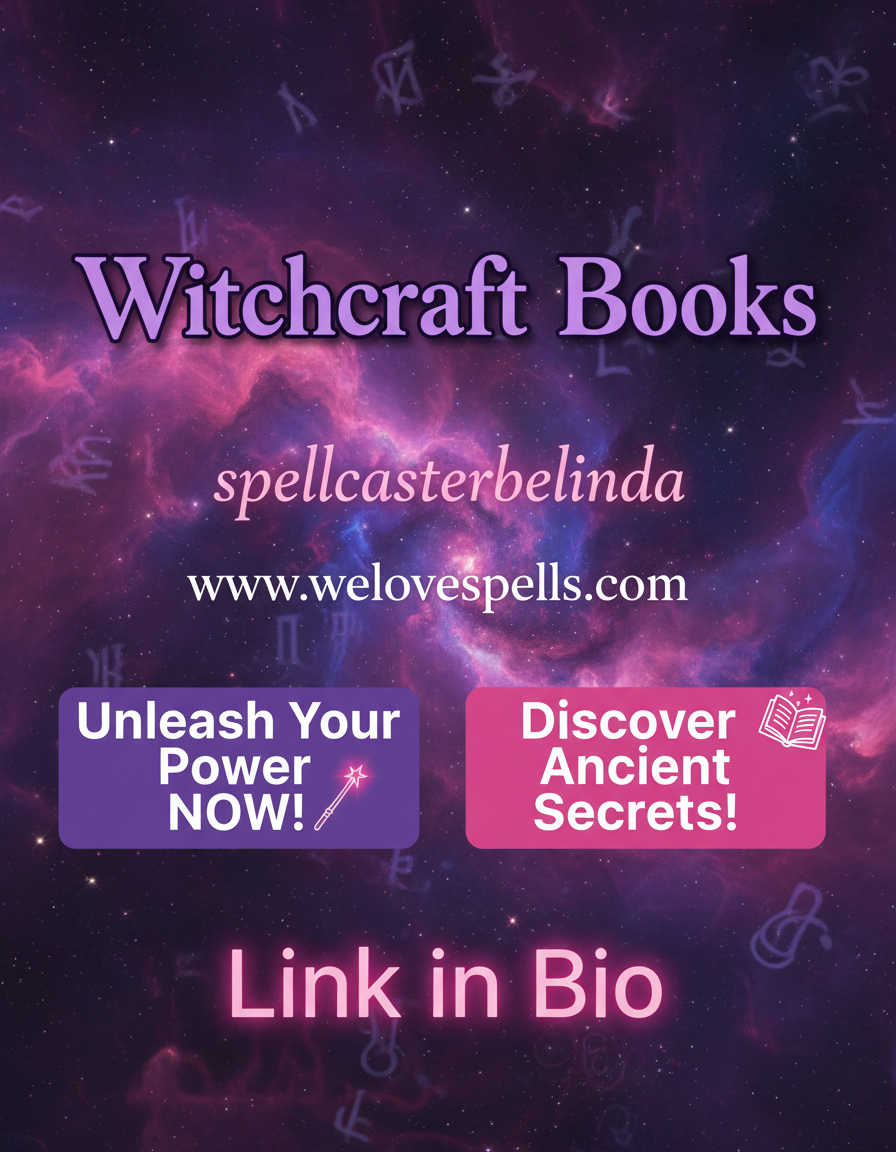Wiccan and Traditional Witchcraft Books for Beginners

Which image do you mean? Please provide the image or its link.
A gentle invitation to the Craft
Have you ever felt a quiet pull toward the moon’s cycles, the language of the land, or the wisdom held in old books? Whether curiosity has nudged you toward Wicca or Traditional Witchcraft, the right reading list can help you build a steady, meaningful practice. This guide highlights essential beginner books and offers tips for turning study into lived magic.
Wicca vs. Traditional Witchcraft — a short overview
Understanding the difference between these paths will help you choose the right books.
- Wicca is a modern, nature-centered religion (mid-20th century onwards) that often honors a God and a Goddess, celebrates seasonal Sabbats, and emphasizes ethics like “An it harm none, do what ye will.”
- Traditional Witchcraft generally draws on older, folkloric practices — local spirit work, ancestral veneration, and pragmatic magic carried by cunning-folk and wise women. It tends to be less standardized and more regionally rooted.
Let your inclination toward ritual structure or folk practice guide which books you begin with.
Essential Wiccan books for beginners
If Wicca resonates with you, start with clear, accessible texts that explain ritual, ethics, and solitary practice.
1. Wicca: A Guide for the Solitary Practitioner — Scott Cunningham
A warm, practical primer for solitaries. Cunningham explains tools, circlework, correspondences, and how to build a personal practice without a coven.
2. The Spiral Dance — Starhawk
A passionate, ecofeminist work that blends ritual practice with spiritual activism and a devotion to the Goddess. Great for those who want community-oriented and politically conscious witchcraft.
3. Witchcraft for Tomorrow — Doreen Valiente
Valiente brings historical perspective and poetic clarity; her writing connects modern rites to older forms of practice and is invaluable for grounding Wiccan work in authenticity.
Core books for Traditional Witchcraft beginners
If you’re drawn to folkways, localized spirit work, and ancestral methods, these titles are strong starting points.
1. The Crooked Path — Kelden
A friendly, practical guide to non-Wiccan witchcraft. Covers ancestral veneration, working with local spirits, and practical techniques for daily craft.
2. A Witch’s Bible — Janet and Stewart Farrar
A comprehensive collection of rituals and Sabbat material that bridges coven practices and solitary adaptations — useful for both Wiccan and traditional-minded practitioners.
3. Treading the Mill — Nigel G. Pearson
Grounded in the English Traditional Craft, this text explores ethics, land-based relationships, and forming a living connection with place and lineage.
How to choose books for your beginner witch library
When curating your library, prioritize resonance and balance:
- Trust your intuition. Choose authors and traditions that feel right.
- Mix classic and contemporary voices. History anchors you; modern perspectives keep practice alive.
- Go slowly. Read, practice, journal, and integrate before adding more texts.
- Keep a grimoire. Record spells, correspondences, dreams, and outcomes.
For further reading and a curated list, see this companion post: https://welovespells.net/blogs/news/essential-wiccan-and-traditional-witchcraft-books-for-beginners
Why reading first matters
Rushing into spellwork without foundation can lead to confusion or wasted energy. Books teach:
- Ethical frameworks and protective techniques
- Moon and seasonal timing for working magic
- Correspondences (herbs, crystals, colors) and ritual structure
Once informed, you can try simple spells with confidence and clarity, such as protection, cleansing, or heart-centered work.
Practical spells and tools to support study
Pair study with practical, ethically cast spellwork to align intention and energy. Examples (keep the links for easy access):
- Protection Spells: https://welovespells.net/products/protection-spell
- Attraction / Soul Mate Work: https://welovespells.net/products/attract-your-soul-mate-spell
- Cleansing Spells: https://welovespells.net/products/cleansing-spell
- Reconciliation Love Spell: https://welovespells.net/products/the-reconciliation-love-spell
Other offerings that support inner work:
- Bring Back Lost Lover Spell: https://welovespells.net/products/bring-back-lost-lover-love-spell
- Self-Love and Confidence Spells: https://welovespells.net/products/make-me-sexy-spell
- Career Success Spell: https://welovespells.net/products/career-success-spell
- Evil Eye Removal: https://welovespells.net/products/evil-eye-removal
Turning study into daily practice
Books are guides — your life is the laboratory. Make study practical by:
- Doing short daily rituals (candles, breath work, moon checks).
- Walking in nature and noting plant and weather patterns.
- Meditating and journaling about dreams, signs, and spell results.
- Experimenting gently with simple spells and recording outcomes.
For deeper energetic upkeep, explore aura and intuition work:
- Triple Cast Aura Cleansing Spell: https://welovespells.net/products/triple-cast-aura-cleansing-spell
- Third Eye Awakening / Intuition Boost: https://welovespells.net/products/third-eye-awakening-intuition-boost
Growing beyond the beginner stage
To keep evolving as a witch:
- Read widely — history, folklore, regional grimoire material.
- Find community — a local coven, a study group, or online circles for shared learning.
- Practice discernment — not every technique fits; adapt what works for you.
- Embrace the shadow — integrate fear, anger, and grief as part of mature practice.
Final reflections
Start with accessible, well-regarded books, but don’t let reading replace experience. Ground what you learn with daily ritual, journaled reflection, and mindful spellwork. Let curiosity, ethics, and intuition guide your choices, and remember that the Craft is a lifelong path of growth, healing, and connection.
When you’re ready to blend study with action, explore ethically cast rituals and tools at We Love Spells: https://welovespells.net/ — where books, practice, and intention meet.
Comments
Post a Comment